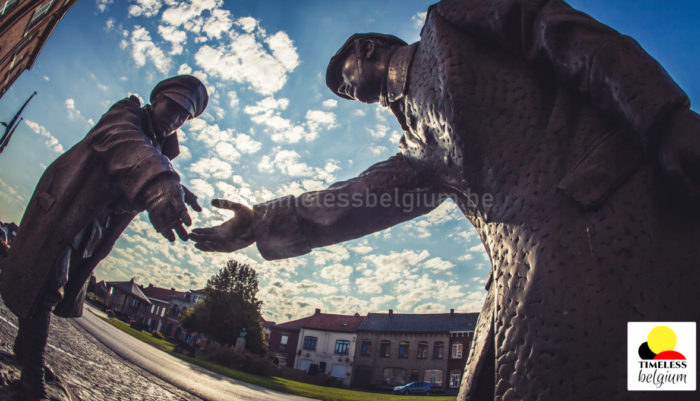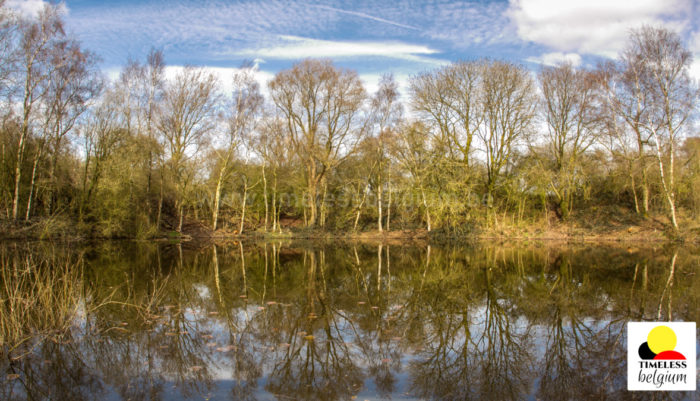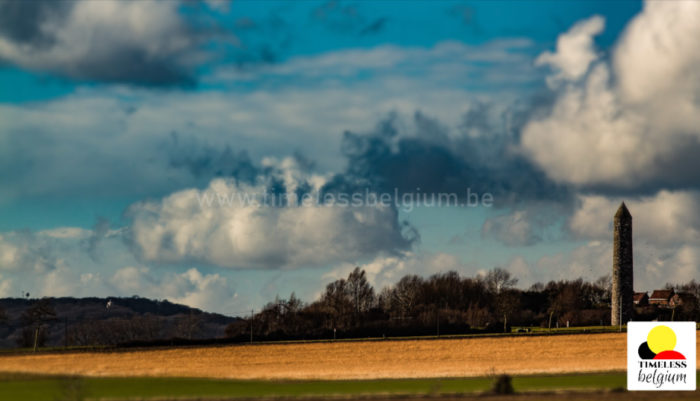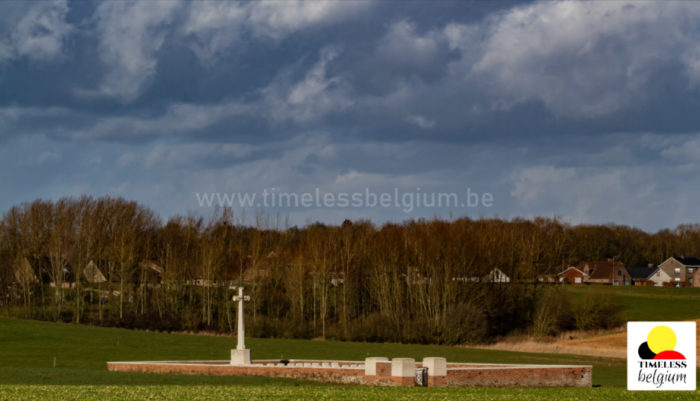Amazing time lapse video of Dodengang in Diksmuide : WWI original site of belgian trenches preserved system with sandbags, dugouts and shelters
(Browse the collection : West Flanders Province time lapse and video stock footage)
The Western Front was a trench network covering thousands of kilometres, extending south from Nieuwpoort on the Belgian coast to the French border with Switzerland. Bitterly cold, waterlogged and thick with mud, the trenches offered soldiers precious little protection. In the countryside, 1.5km from the town of Diksmuide, a small section has been preserved. Known as the ‘Trench of Death’, conservation work ensures that this remains a unique example of battlefield life.
In Dutch it is called “De dodengang” which means “the way of the dead”. The name refers to the many people who died while fighting in these trenches for around four years. Next to the trenches you can also take a look at the visitor center, here you can take a look at the daily life of the soldiers in the trenches.
(Itineri)
Located in Dixmude the ‘Trenches of Death’ comprise preserved trenches featuring galleries, shelters, firesteps, chicanes, concrete duckboards and concrete sandbags. Together they give a fair impression of the makeup of trenches during the First World War – that is, notably leaving aside the quiet, serene nature of the trenches as they appear today.The Dixmude trenches were in fact held by the Belgians for over four years during the Battles of the Yseragainst determined German forces (often ranged just 100 yards away), hence their grim name.
File names, codec and sizes | ||
yser08_fhd | yser08_5K+ | yser08_web |
Mov ProRes 422 HQ | Mov ProRes 422 HQ | H264 Mp4 |
228 Mo | 1,77 Go | 12,7 Mo |
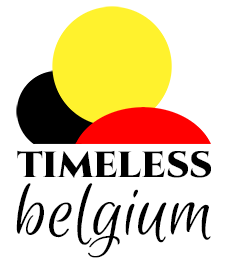
 My Account
My Account 
